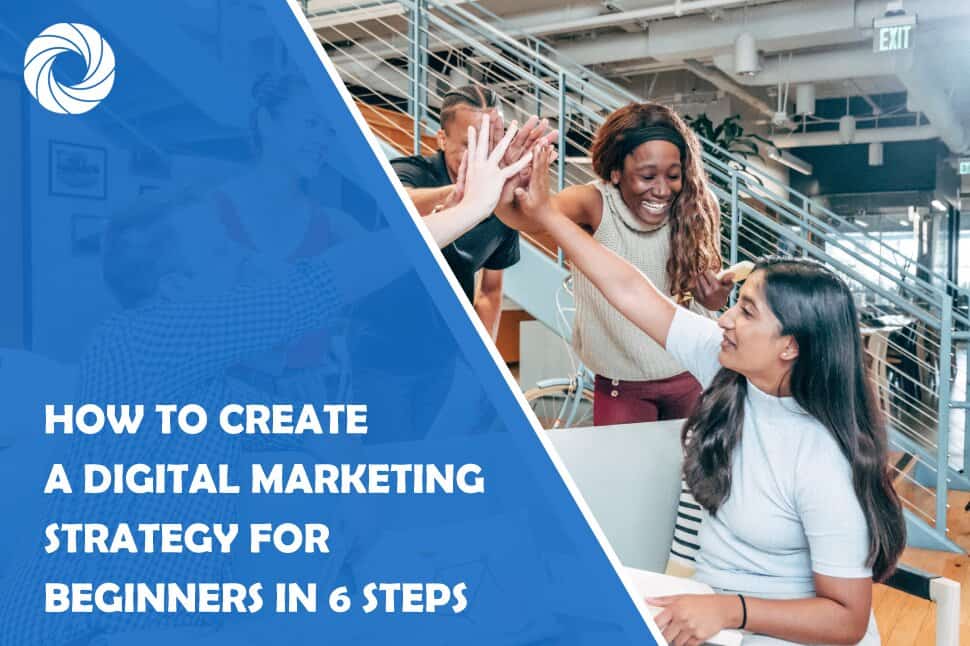What is the primary goal of every business owner out there? The answer is simple, expansion and profit elevation. Digital marketing is all around us, and it is present in the everyday behavior of every customer and service user.
Your customers are online, so digital marketing is the most effective way to reach out to them and establish a relationship with them. You are losing potential earnings and customer gain by not having your company name or the product you are selling appear in Google searches.
However, before we continue, we want to mention a fantastic hosting platform for your website, WPMU DEV. One thing that sets WPMU DEV's hosting platform apart is that as well as having all the hosting features you'd expect. It even comes with built-in 7 pro-WP plugins – covering performance, security, backups, and more. Get 20% off any of their plans.
Make Your Customers Come Back Again
Design an effective digital marketing strategy based on your customer needs and campaign objective. Select individuals via digital channels based on their age, interests, job title, needs, and more. Furthermore, using digital mediums, you will be able to respond to any positive or negative experience that your customer had and learn about ways to improve.
To put it simply, strategy is a plan for appearing and presenting your company online. It also answers questions about what, how, and when to implement and enable business goals.
Creating and maintaining a digital marketing strategy has proven to be cost-effective and provides you with measurable results every step of the way. Track where your invested money is going and do not let it go to waste.
Steps For Creating a Winning Digital Marketing Strategy
1. Set a goal: Determine Your Campaign's Destination
Because digital marketing is critical to your company's and brand's market presence, you must establish a clear goal for your digital marketing campaign. Whether you want to increase sales, cut costs, or get closer to your customers, you must first define your goals, so you know where you're going.
Using SMART criteria can help you develop the best possible objective for your digital marketing. SMART considers that the goal should be Specific, Measurable, Achievable, Realistic, and Timely.
Once you've finished the goal-setting, you can proceed with the next step.
2. Targeted Marketing: Get to Know Your Audience
Targeted marketing understands customers' behavior and allows your business to make the most of the campaign and improve customer conversion. Reaching your campaign to a large audience of random people does not mean that the conversion rate will follow.
Therefore, the understanding of your audience is essential. Identifying the target audience is the first step before kicking off your campaign. You can then target your marketing to an audience that is already interested in or may be interested in a specific company's products.
3. Buyer Persona: Put on Customer's Shoes
Do you want to know your customer audience, but you don't know how to approach this research? Put yourself in their shoes, and try to lead the narrative of who they are, where they are shopping, and where you can find them. Try to represent your ideal customer and target your top prospect based on your research.
Creating a Buyer Persona can assist you in tailoring your digital marketing content, services, or products to meet specific needs.
4. Marketing Tools: Utilize Software Tools to Improve Efficiency
Utilizing the right tools for your digital marketing is essential for success. There are thousands of different marketing tools out there, and you need to research which tools you would benefit from the most.
SEO optimization, Analytics, Page Insights tools, Marketing Automation tools, and Influencer tools are a few of the most crucial areas where you would benefit from the right tool.
5. Evaluate Existing Marketing Assets and Digital Channels
Not every asset in your arsenal is worth its price. It's essential to evaluate what you currently have and what can be cut.
Usually, these break down to the blog content, social media, Google AdWords, paid and native advertising, and website. Incorporating all of these with your marketing strategy is not compulsory, but evaluating what is already there and what's not meeting the goals is crucial to guide your campaign.
6. SWOT Analysis: How, What, Why?
Every business has its threats, opportunities, strengths, and weaknesses. Assessing all the factors that affect the company can help you maximize income and reduce any risks that may be present. Precisely that is what SWOT Analysis is all about.
· Strengths: Determine what your business does better than anyone else, what advantages you can leverage, and how your quality ensures cost-efficiency.
· Weaknesses: Assess areas of improvement within the company, research what competitors see as weaknesses in your business. And also, listen to customers' feedback to see which factors contribute to lower sales.
· Opportunities: Investigate industry trends and try to leverage new technologies; perhaps the government has enacted a policy that will increase your productivity.
· Threats: Are there any barriers or technology that might make your business obsolete? Did the competitor come up with a solution that puts them in front?
In Summary
As we have already mentioned, not every asset in your arsenal is worth its price. It's essential to evaluate what you currently have and what can be cut.
Focus on achieving your business goals with your digital action plan already in place. Solely, with digital marketing, you can be sure that you will not be left behind by competitors or time.
